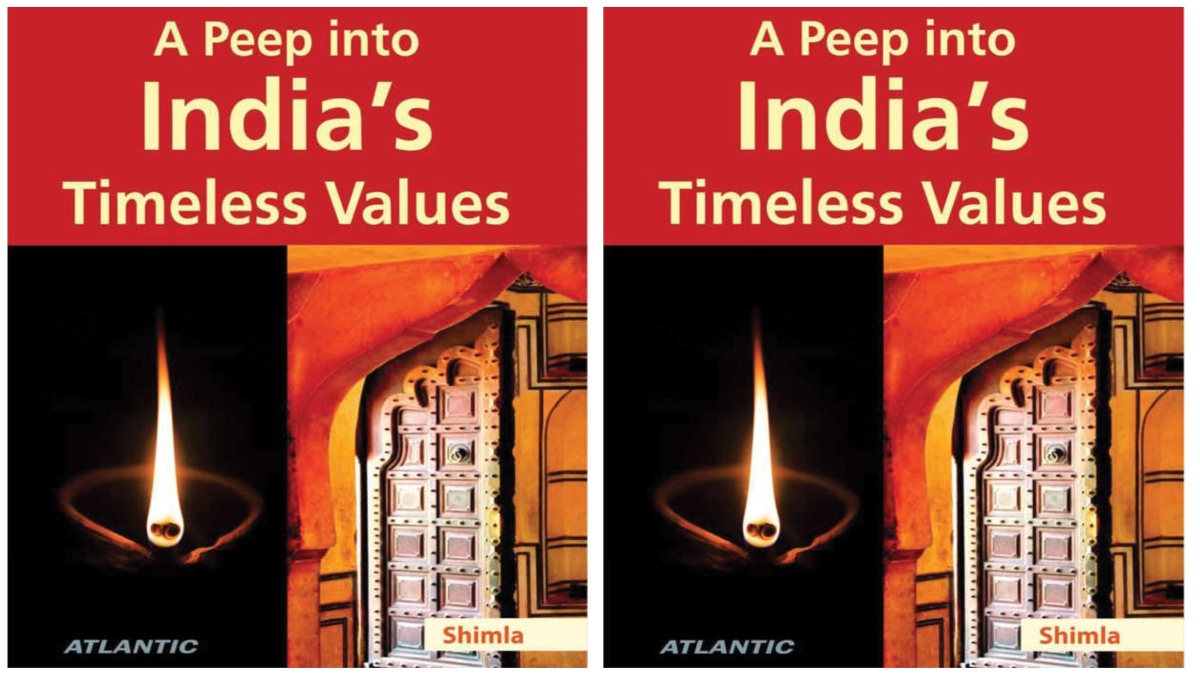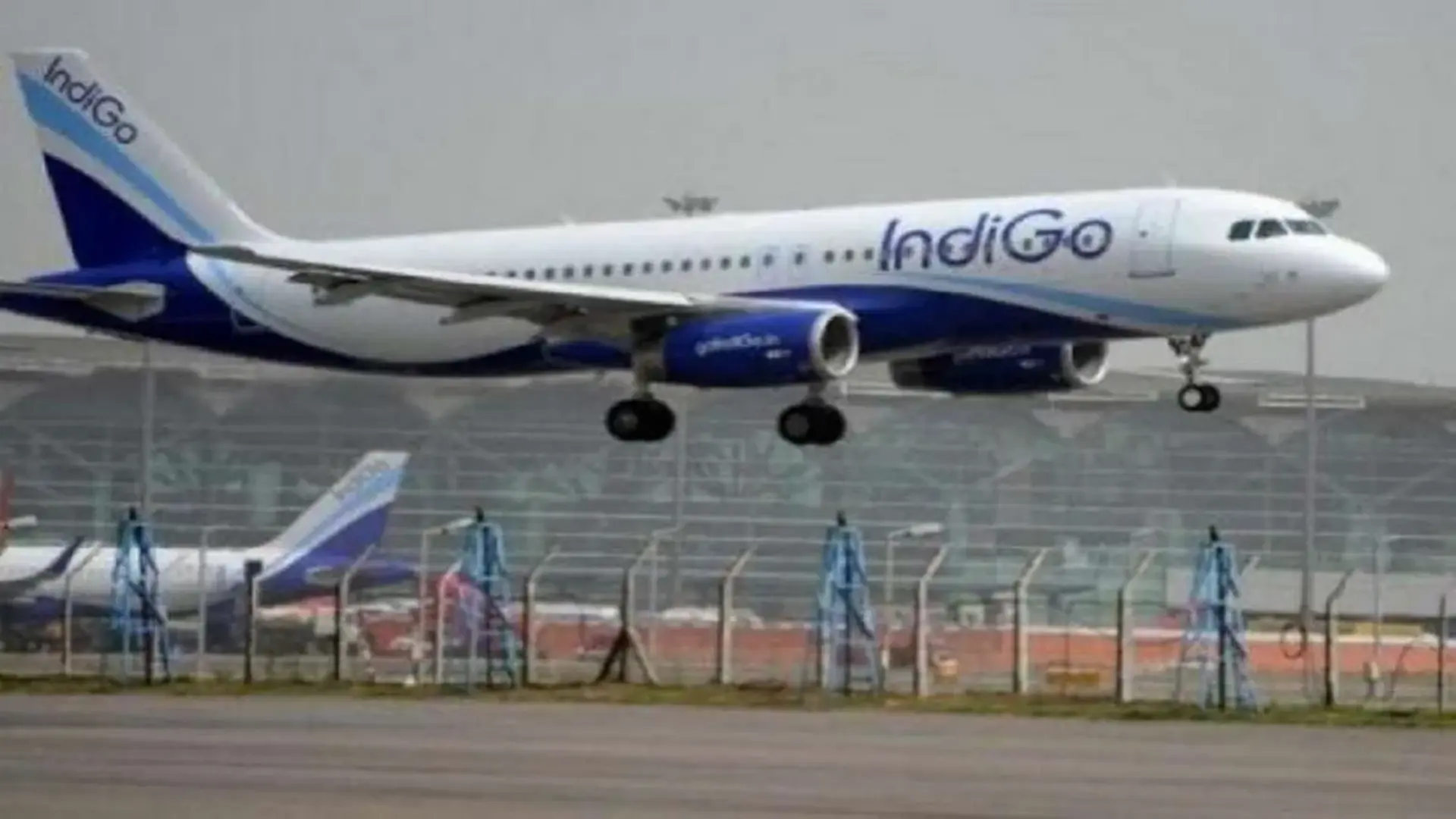The book ‘ Peep into India’s Timeless Values by Dr Shimla provides a close look at those values and principles of behavioural conduct that have been laid down by ancient sages and thinkers of India to help guide human beings to the righteous path besides inspiring them to live in harmony with society, the world, and nature itself. All those values, that had given rise to a highly cultured society, had their roots in Vedas. Such virtue-based societies stayed intact for a long time. People followed value-based conduct as a natural way of life in earlier times which in the present times is on a decline.
Dr Shimla has painstakingly culled the most relevant Indian values having universal appeal and reflected upon them in a present-day context. She has organised these values under six heads: personal conduct, society and relationships, human health and mental equilibrium, holistic view of environment, fundamentals of governance, and religion and spirituality besides introductory and conclusive chapters. Each chapter has an initial thematic verse from the scriptures.
As is said that the virtue of the society is really the basis of its stability, the introductory chapter, therefore, draws a broad sketch of eroding values and moral ethics in our society in all spheres of life. The author first discusses the causes and effects of the downfall in values in the present scenario and then goes on to describe the time tested and long-cherished values of India.
An individual is the basic unit of the edifice of society. If the individuals are of great character and adopt righteous values, then the society and the nation are bound to be great. The chapter on ‘personal conduct’ is devoted to essential human values to be followed by each individual in their personal life and interaction with others in society.
Man owes a lot to society as a whole as also to individuals like parents and teachers. In our culture, a man is ordained to repay debts in different forms for which he has to enter into Grahast Ashram (household duties). This stage starts with the uniting of two persons, man and woman in marriage. The seven vows of marriage outline the Dharma and responsibilities of a Grahasthi. Along with that, come the duties of relationships between husband and wife, parents and offspring, between siblings, and a plethora of other relationships in extended families. Then comes the religious and social duties that include the cooperative coexistence in the society and doing charity, welcoming and respecting guests, and also supporting the persons in other three stages of life as envisaged in Indian scriptures. The chapter on ‘society and relationships’ describes how to perform these duties in a righteous way.
The body is the foremost means for attaining all goals of human life, and human birth is the ultimate in the process of evolution. A human body with the sharpest brain is the greatest gift of God bestowed upon any living being in the entire creation. Therefore, to keep the body as well as the mind in good health is a sacred duty of all human beings. The chapter on ‘human health’, sheds light on the time tested values of the Indian system of thoughts with regard to health and highlights the holistic view and interconnectedness of mental and physical health. The ancient wisdom has been discussed purely with the Indian perspective which the world is lapping up after getting convinced about its efficacy in stressful modern times.
The chapter on ‘holistic view on environment’ discusses the Indian view on the importance of a clean environment. It is so vital that life itself could not be possible without the environment. In the Indian system of thoughts, everything in the world is believed to be enveloped by God. The whole universe is made of five great elements (panch-mahabhut), and they have their own presiding deities which are worshipped. The concept of sacred trees, sacred animals, and sacred grooves lends a spiritual connotation to these natural resources. The concept of rebirth in any form of life links us to the animal world and inspires compassion for them. Moreover, our scriptures forbid committing any cruelty or violence to animals.
Cutting a green tree is linked with paap and planting trees is considered a meritorious deed. These beliefs and many more that are ingrained in Indian culture could ensure a cleaner environment.
In ancient times, the governance was based on Raj Dharma (duties of the Ruler) and Rajdanda (Impartial and pure justice system). These, as described in the ancient Niti Shastras like Vidur Niti, Manu Smriti, and the political science and economic policies by Chanakya, had been the cornerstones of governance, the justice system, and taxation. The seeds of a welfare government can be very well seen in these ancient thoughts.
Dr Shimla perceives a connecting thread in these Niti Shastras that has a bearing on the constitutional imperatives and rights in the modern era. The ancient principles of Raj Dharma along with the modern constitutional provisions about rights and duties form the part of the chapter on ‘fundamentals of governance’.
The chapter, on ‘religion and spirituality’ discusses simple religiosity and spirituality and how it touches the lives of ordinary people. It is defined simply as,
“Yad Bhuthitamtyantam Tatsatyamiti Dharna,
Viparyayh Krito Adharmah Yasya Dharmasya Sykshmatam”.
‘Whatever conduces the most to the good of all beings is held to be truth, doing opposite to it is Adharma. This is the subtle nature of Dharma.’
India is home to almost all the major religions of the world which could be possible only because of the tolerant and democratic nature of the majority religion. It is said that Hinduism is a way of life. The concept of one all-pervading God who is Omnipresent, Omniscient, and Omnipotent makes it the most liberal religion. It is not only tolerant to other faiths but also divergent views within Hinduism. The belief in the concept of the cycle of birth, death, and rebirth makes it universal. It is believed that this life is one of many lives and one can be reborn as any living being according to the effects of Karmas. Hinduism also believes in humanism. A man can even achieve divinity by dint of his good deeds and even God can descend on earth incarnating as a human. The great Message of ‘Bhagwad Gita’ and the tenets of other faiths like Buddhism, Jainism, and Sikhism also find a place in this chapter.
After discussing the causes of present times’ degradation in the value system in our society as contrary to the great value system of yore, the conclusive chapter explains how that grand system of human values designed by our sages and thinkers is a way forward to look for the solution to the host of problems the humanity is besieged with today. What appears most striking to me is the way the author has interpreted the simple sayings and even the Vedic Mantras in a totally different light. They are not simply Mantras to be recited but concrete instructions and exhortations to ensure a better life on earth. Her interpretation of Shanti Mantra appearing in Yajurveda is brilliant and unique so far as I understand. I like her way of linking the issues of environment and personal conduct with the concept of ‘paap’ and ‘punya’ as a sure panacea to many of the world’s problems.
Her simple and lucid language and liberal use of mythological references and examples from day-to-day life to illustrate a particular human value add an interesting touch to the readability factor of the book. It’s a commendable work by the author. It is certainly worth a read for all as it presents the Indian values in a different light, especially for the younger generation who might have lost sight of this priceless heritage of India as well as the offspring of the Indian diaspora living far away from their roots.























